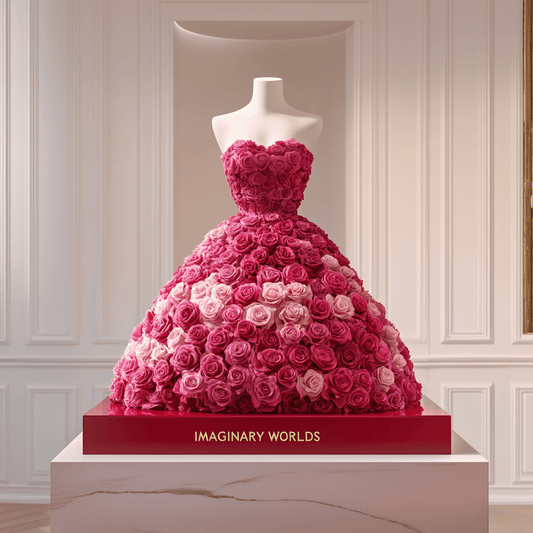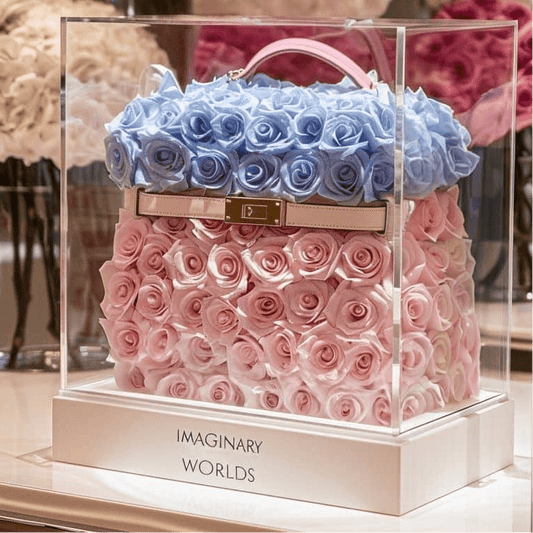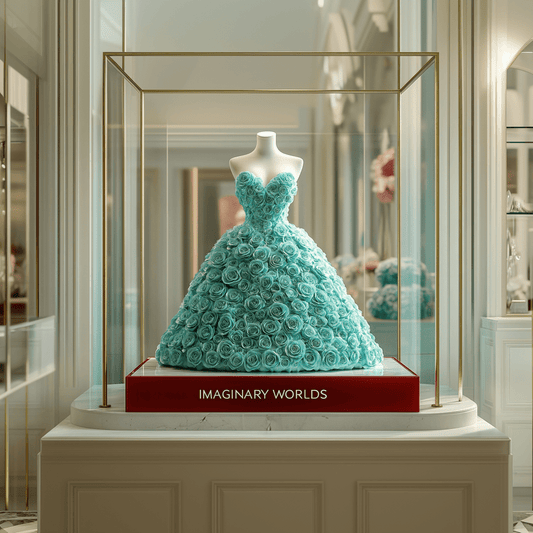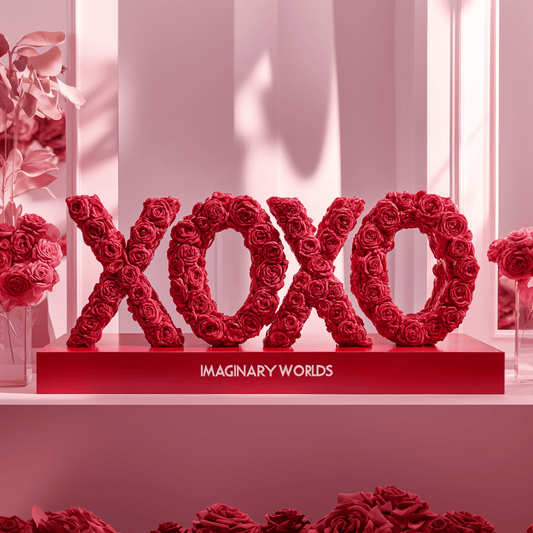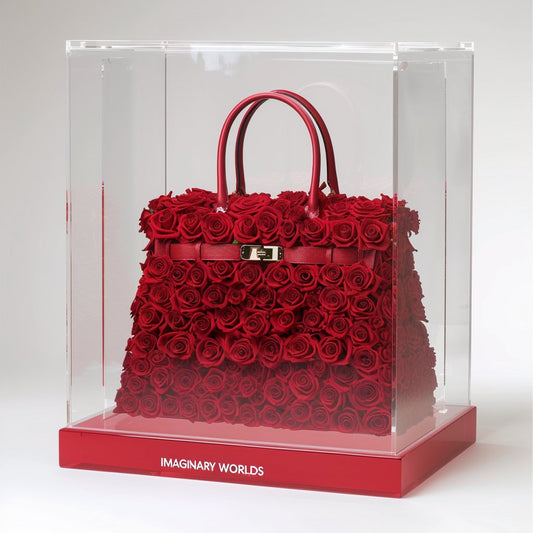Rose Sculptures in South Korea Evoke Emotion and Reflect Rituals
South Korea’s vibrant design scene is filled with stories and symbolism, but few motifs speak as eloquently as the rose. More than just a flower, the rose sculpture in South Korea has become a powerful icon, bridging tradition and trend, serving as both a marker of cultural rituals and an emotional touchstone. This post explores how the art of rose sculpture merges ancestral heritage, contemporary gifting rituals, and luxury design, weaving a narrative that captures the spirit of Korean culture for a global audience.
The Cultural Meaning of Rose Sculptures in South Korea
Traditional Floral Symbolism in South Korea
Floral symbolism runs deep in Korean history. Roses, in particular, have held esteemed places in folklore and royal courts, often representing love, loyalty, and purity of youth. These attributes made roses a favorite motif among Joseon-era queens and artists, frequently appearing in embroidered hanbok (traditional dresses) and palace garden layouts.
The meaning extended into key life rituals:
- Ancestral rites (jesa): Flowers symbolize the continuation of lineage and respect for elders.
- Weddings: Bouquets and floral garlands, including roses, are given to symbolize union and new beginnings.
- Seasonal festivals: Rose motifs are woven into lanterns, festival décor, and processional floats.
Koreans have a deep appreciation for floral art that transcends the botanical, preferring to integrate flowers into meaningful objects and stunning displays. Palace gardens bloom with care and intention, while hanbok patterns immortalize the fleeting beauty of flowers, including stylized roses as emblems of grace.
Modern Gifting Rituals and Emotional Context
Korean society has adapted traditional floral appreciation into contemporary rituals. Gifting flowers marks romantic milestones from the playful “100-day anniversary” (백일, baek-il) to Valentine’s Day and the uniquely Korean Pepero Day. Roses, now available as forever rose in Korea arrangements and preserved flowers, are popular symbols at each juncture.
Younger generations, raised in a digitally expressive culture, are turning to luxury objects like rose sculptures as enduring, displayable tokens of emotion. The aesthetics of giving are elevated in Korea’s so-called “emotional performance” culture, where how you express feeling is as important as what you say. Visual gifts signal inner intent, turning ritual into an art form and fostering deeper interpersonal connections.
Preserved Rose Sculptures as a Luxury Statement
Why Preserved Roses Matter in Today’s Aesthetic Culture
The forever rose in Korea is not just a fleeting gesture. Preserved roses embody two fundamentals of contemporary Korean culture: the desire for permanence and the art of emotional expression. Unlike cut flowers that fade, floral sculptures crafted from preserved flowers in South Korea are symbols of commitment and the endurance of feeling.
The influence of K-drama, K-pop, and the global reach of Korean visual storytelling has fueled this trend. Television and social media often feature symbolic roses in Korea, embedding them in the aspirational dreams of viewers worldwide.
It’s no surprise that rose sculptures now grace Seoul’s most elite interiors and designer boutiques, considered coveted South Korea luxury floral gifts. They offer a fusion of tradition, artistry, and status for design-savvy consumers.
How Imaginary Worlds Interprets National Emotion Through Design
Art reflects society, and the KOR rose sculpture design is a prime example of how contemporary brands create meaning through form. Imaginary Worlds crafts each sculpture with precision, drawing inspiration from minimal lines and emotional resonance.
Their work has captured international attention, as seen in dramatic projections across Leicester Square in London and Nasdaq in New York City. These rose art in Korean culture installations are not just decorations; they are cultural mirrors. Each piece is an iconic, emotive object, expressing Korean values yet understood and admired worldwide.
A Floral Sculpture Crafted for South Korea
Behind the Design The KOR Code in Sculptural Form
The KOR rose sculpture design stands out for its fusion of meaning and minimalism. Each sculpture uses a careful arrangement of red and soft pink preserved roses, colors that evoke both passionate love and youthful purity. The form is inspired by the graceful lines of Korean calligraphy and the clarity found in contemporary luxury items.
Acrylic encasements add a layer of metaphor. They don’t simply protect the flowers; they reference the ritual of cherishing beauty and sentiment in Korean culture. The result is a symbolic, collectible object that feels as personal as it does artistic.
Collectibility, Permanence, and the Rise of Symbolic Gifting
South Korea’s elite design lovers now seek symbolic gifts that speak to both tradition and status. Collectible sculptures, especially those drawing from emotional floral sculptures Korea traditions, are rising in popularity as gifts for graduations, family honors, and life’s debuts.
Such gifts merge ritual with high art:
- They last far beyond a trend.
- They function as treasured reminders of personal achievement and shared emotion.
- They bridge the desire for luxury with the search for meaning, giving each milestone real heft.
Where Culture and Art Meet The Role of Rose Sculptures in Global Identity
South Korea is redefining beauty standards worldwide—not just through pop culture but via the emotional intelligence embedded in its art and design. The popularity of preserved flowers South Korea and the forever rose in Korea is evidence of a broader cultural shift toward meaningful, enduring visual statements.
Rose sculptures function as emotional containers within the ultra-visual culture of South Korea. They don’t just appeal to the sense of sight; they touch memory and ritual, anchoring feelings in tangible form. The global projections of Imaginary Worlds in Tokyo, London, and New York reinforce this message, showcasing the universality and power of these symbolic objects.
Korean gifting traditions flowers have moved beyond simple exchange to become sophisticated acts of emotional communication. It’s an evolution steeped in history, ritual, and the visual codes that define cultural identity.
Harnessing the Power of Symbolic Roses in Korea’s Cultural Renaissance
Rose sculptures in South Korea are more than decor; they are declarations of value, bridges between the past and the present, and icons of a uniquely Korean approach to emotion and beauty. Whether chosen as a 100-day anniversary rose gift, an heirloom for a new home, or a celebratory symbol for a family milestone, these works elevate the everyday to the extraordinary.
For designers, collectors, and cultural observers, the rise of rose art in Korean culture is a lesson in the enduring power of symbolism and the continuing importance of emotional connection—even in a hypermodern, digital world. The next time you see a rose sculpture in South Korea, look closer. You might just glimpse the soul of a nation expressed in petals and permanence.

